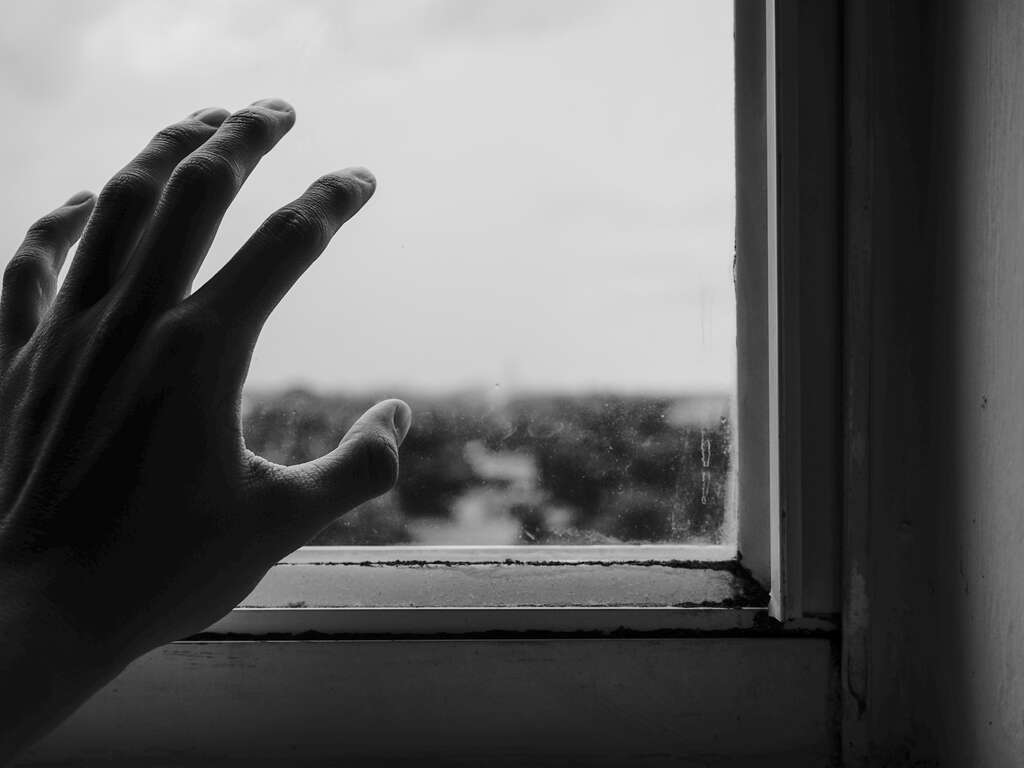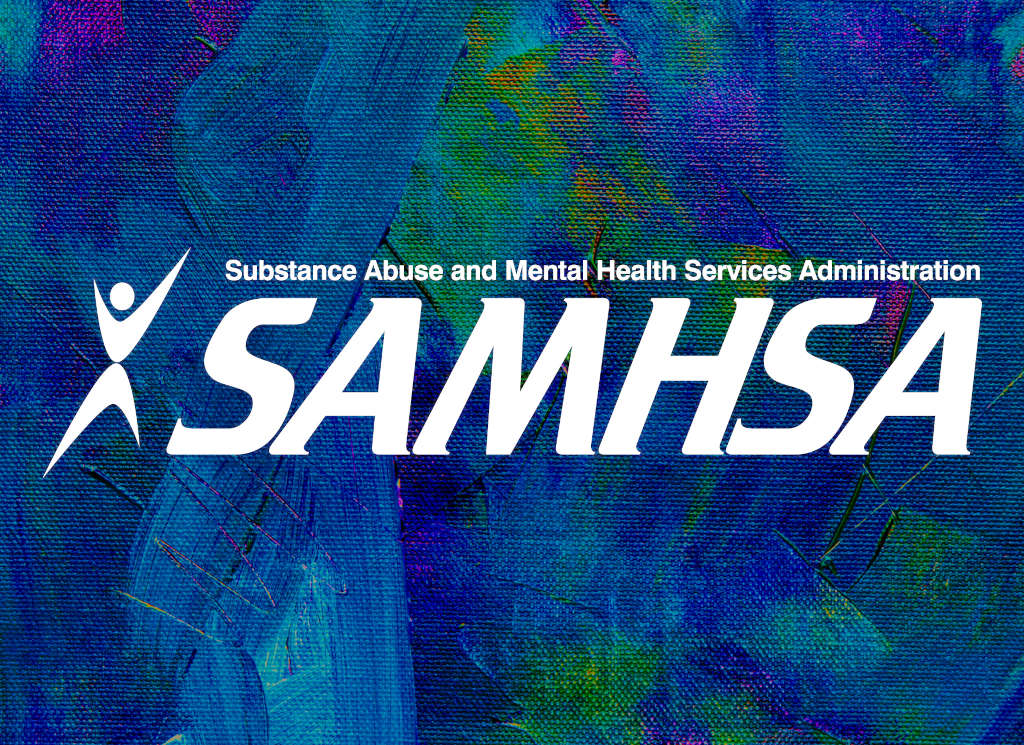Drug detox is the short version for drug detoxification. Drug detox is supervised by medical staff and the detox process varies on the the needs of each individual. Detoxification and substance abuse treatment go hand in hand.
In an inpatient detoxification program the detoxification treatment goal is usually abstinence from all alcohol, prescription drugs that are being misused, and other drugs that are illicit.
Withdrawal symptoms are managed by a doctor. The withdrawal process can be done through an inpatient rehab or an outpatient clinic based on the severity of anticipated withdrawal symptoms.
This article is to cover the detox process and when a detoxification program is necessary.
What Is Drug Detoxification?

Drug detoxification, is the process of quitting drugs. Unfortunately, many addicts find themselves going through severe withdrawal symptoms when they are out out money to buy more drugs, or their doctors will no longer prescribe a medication they have become addicted to, or they find themselves in a predicament with no way to get drugs that they have become physically dependent on.
The medical detoxification process begins when someone meets with a doctor or admits themself into a drug detox center for substance abuse treatment.
The goal of a medical detox is to safely assist someone through opioid withdrawal or alcohol withdrawal without dangerous withdrawal symptoms.
Doctors who understand addiction medicine are usually certified by ASAM (American Society of Addiction Medicine) and follow strict a treatment improvement protocol. For an alcohol detox the the CIWA (Clinical Institute of Withdrawal Assessment) is followed and for opioid withdrawal the COWS (Clinical Opiate Withdrawal Scale) is followed.
Each assessment tool has metrics that are measured. Although both are used in the alcohol and/or drug detox process, the medically assisted detox criteria is similar for both.
Alcohol Withdrawal

The 10 core assessment questions for alcohol detox withdrawal symptoms following the CIWA-AR will require answers and observations. The information is documented by the medical staff to determine the level of discomfort someone is feeling so they can ease withdrawal symptoms and prescribe medications accordingly.
Each section has a score based on visual assessment and reporting from a patient.
The CIWA-AR Alcohol Withdrawal Symptoms Assessment:
- Nausea/Vomiting
- Tremor
- Paroxysmal Sweats
- Anxiety
- Agitation
- Tactile Disturbances
- Auditory Disturbances
- Visual Disturbances
- Headache/fullness in head
- Orientation/ clouding of sensorium
Opioid Withdrawal

The opioid epidemic has greatly affected families throughout the United States. Detox programs range from inpatient detox at an addiction treatment facility to a professional treatment provider who can treat addiction from their office.
According to the National Institute on Drug Abuse (NIDA) there are new research and developments to help people choose the correct fit for them and also to educate about how medications work for withdrawal and also for overdose.
The FDA-approved medications for opioid addiction, overdose, and withdrawal work in various ways.
- Opioid Receptor Agonist: Medications attach to opioid receptors in the brain to block withdrawal symptoms and cravings.
- Opioid Receptor Partial Agonist: Medications attach to and partially activate opioid receptors in the brain to ease withdrawal symptoms and cravings.
- Opioid Receptor Antagonist: Medications block activity of opioid receptors in the brain to prevent euphoric effects (the high) of opioids and alcohol and help reduce cravings.
- Adrenergic Receptor Agonist: A medication that attaches to and activates adrenergic receptors in the brain and helps alleviate withdrawal symptoms.
Medications Prescribed to Reduce Opioid Use and Cravings

Methadone
The brand names for methadone are Dolophine® and Methadose®. There are also generic brands that are available. This medication is a daily medication and is available in both liquid or tablets.
Naltrexone
Also known as Vivitrol®, this medication is a monthly injection. Many drug detox centers use this drug while someone is active in their program.
Buprenorphine
There are several generic names for the tablets of this drug detox medication. Sublocade® is the brand name. This medication is available as a monthly injection or by taking tablets.
Buprenorphine/Naloxone
Known mainly as Suboxone® this medication is film that will dissolve under the tongue. You can also get this drug detoxification medication in tablets also. There are generic names for this medication.
Lofexidine
This medication’s brand name is Lucemyra® and treats withdrawal symptoms. This comes in a tablet and can be taken as needed.
Naloxone
Naloxone is a drug that more and more people are carrying with them because it will reverse and overdose. Most have heard of the brand name Narcan®, but it also can be called Kloxxado® or Zimhi™. There are generic brands of this medication. This medication can be and injection or nasal spray.
Substance Abuse Treatment

In most substance abuse treatment centers that offer drug detox, protocols are put in place so that each patient is treated uniquely based on the specific substance use disorder and the withdrawal symptoms present. The COWS (Clinical Opiate Withdrawal Scale) is followed.
The medications used for an inpatient detoxification require induction. In essance you have to experience withdrawal symptoms before medication can be given.
Clinical Opiate Withdrawal Scale Measures Symptoms
The COWS will measure symptoms during the withdrawal process. The medically assisted detox begins once documented symptoms meet criteria. Once medication is given, the COWS scale is taken thirty minutes after the first dose, then every two hours.
The COWS scale covers:
- Resting Pulse Rate
- Sweating
- Restlessness
- Pupil Size
- Bone or Joint Aches
- Runny Nose or Tearing
- Gastrointestinal Upset
- Yawning
- Anxiety or Irritability
- Gooseflesh Skin
Opioid Use Disorder Treatment in an Office-based Setting

For opioid clinics or private addiction medicine doctors who will do an outpatient opioid withdrawal it is important to ensure the patient understands the taper will take longer and when choosing this method, patients can stay on MAT (Medication Assisted Treatment) until they feel ready to completely be abstinent. For some this can be a smooth transition, for others it can take years, and a few might stay on MAT forever.
For many who have mental health problems or diagnosed mental disorders, health care providers may ease withdrawal symptoms very slowly and ask their patients to attend support groups facilitated by substance abuse counselors.
Substance Abuse and Mental Health Services Administration

According to the Substance Abuse and Mental Health Services Administration (SAMHSA) “The goal of maintenance therapy = once-daily dosing, no withdrawal between doses. Ideally, average dosing does not exceed 16 mg/4 mg.”
Checklist for Prescribing Medication for the Treatment of Opioid Use Disorder
- Assess the need for treatment
- Educate the patient about how the medication works and the associated risks and benefits; obtain informed consent; and educate on overdose prevention.
- Evaluate the need for medically managed withdrawal from opioids
- Address co-occurring disorders
- Integrate pharmacologic and nonpharmacologic therapies
- Refer patients for higher levels of care, if necessary
Drug Abuse of Medical Detox Medication

Drug detox should always be done under medical supervision, as serious withdrawal symptoms can be life-threatening. But what happens when someone asks for help and admits they are actually abusing detoxification and substance abuse medications?
Yes, there are times when someone abuses a medication given to them for detoxification.
Suboxone® helps many opioid addicts find peace. There are others who say they get a head change, meaning they feel high from these types of drugs. Doctors follow protocols to ensure misuse is not happening, but if someone abuses the medications given to them, they will be referred to a higher level of care.
Drug abuse can be a variety of substances used for a good time. The difference between drug abuse and drug addiction is the inability to stop even when you have the desire.
One thing that separates all drugs that are abused is the consequence of stopping. When someone stops without medical consideration this is called “cold turkey”
Never Stop Cold Turkey

If there is one take away from this article – never stop cold turkey. Alcohol detox, benzodiazepines detox, and opiate detox all require close supervision. Cold turkey from these medications and several others can result in death.
Psychological symptoms as well as physical symptoms are easy to recognize by seeing a doctor. Medical intervention might be needed, however, the treatment center could suggest a detox program on an inpatient or outpatient basis.
Addiction Treatment and Medical Detox
Addiction treatment facilities do not always have a drug detox center on site. If this occurs the addiction treatment center usually has a relationship with an inpatient detox. Treating a physical dependence to an alcohol or drug addiction takes a skillful set of medical and clinical professionals.
Addiction treatment options will often be based on the availability at a local drug rehab treatment program and the appropriate level of care. This means outpatient care or inpatient care.
Finding the Right Treatment Program

Detox programs will treat most substance use disorders, however, not every detox program has onsite doctors.
When looking at detox programs ask them is they have onsite doctors that see patients. Many detox programs contract with doctors but are not seen by a doctor.
3 Questions to Ask When Choosing the Right Detox Program
In choosing the right detox program for you or your loved one we suggest these three important questions be answered yes:
- How long after admission will I see a doctor onsite?
- Do you have 24 hour nursing staff? (actual nurses who understand when someone is medically stable, not recovering technicians that can call someone if there is a medical issue)
- Does the drug detox follow ASAM protocols for 3.7 or higher?
Summary of Drug Detox Information
Serious withdrawal symptoms in any drug detox addiction treatment programs must be monitored 24/7 (twenty-four hours a day, seven days a week). The DSM-5 (diagnostic and statistical manual 5th edition) has specific criteria to diagnose Substance use disorder as well as opioid use disorder and other harmful substances based on the nature of drug use.
Drug detox will manage withdrawal symptoms under the guidance of doctors. A person can under go medical detox at an inpatient detox or from a clinic or private doctor’s office offering outpatient care.
The National Institute on Drug Abuse (NIDA) has public research available for both alcohol and drug abuse.
If you or a loved need help the Substance Abuse and Mental Health Administration (SAMHSA) has a national helpline for those needing to find help in their local area. Their helpline number is 1-800-622-HELP (4357).



